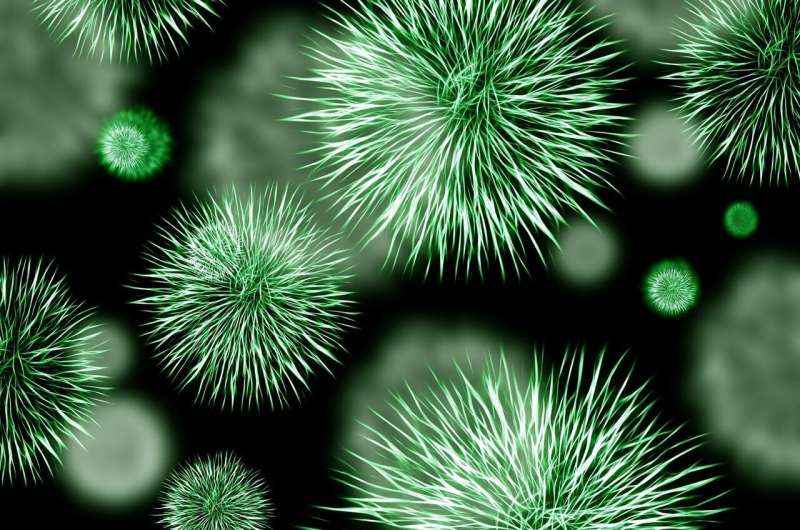This article has been reviewed according to Science X's editorial process and policies. Editors have highlighted the following attributes while ensuring the content's credibility:
fact-checked
trusted source
proofread
Researchers argue for standardizing terminology to stop the spread of disease

Researchers writing in the International Journal of Risk Assessment and Management explain how the U.S. is a major importer of wildlife, bringing into the states a great diversity and quantity of different species. This trade, they caution, has the potential to introduce pathogens into the region, specifically zoonotic pathogens, which cause disease in those many different species, but that might make the leap from animal to human. The potential here is that such pathogens, like bird flu, SARS, and COVID-19 pose a serious risk of a new pandemic.
Jonathan E. Kolby and Jamie K. Reaser of Smithsonian's National Zoo & Conservation Biology Institute in Front Royal, Virginia, and William C. Pitt of The American Chestnut Foundation in Asheville, North Carolina explain that current regulatory policies designed to prevent the entry of these pathogens are not in as sound a state as they ought to be. The team discusses how the effectiveness of those policies is hindered by the inconsistent use of terminology. For instance, the phrases "domesticated animals" and "wildlife" are not always used consistently nor with a solid scientific definition among various federal agencies. This, the team suggests, could undermine the integrity of the scientific data being used for zoonotic risk assessment.
Kolby and his colleagues suggest that there is an urgent need to standardize the terms being used based on scientific principles. There is also a need to update the long list of recognized domesticated animals and to then implement species-specific customs codes to improve the accuracy and reliability of data being fed into those zoonotic risk assessments.
Throughout human history, we have come into contact with wild animals carrying disease. On many occasions, those diseases have spread from animals to people. However, in the modern world of international trade and travel, there has for decades been the potential for such diseases to spread globally rather than being confined close to the site of origin. The COVID-19 pandemic is a case in point, with the likely source of the zoonotic pathogen thought to be bats in China. There are other theories about the original vector and animals that may well have acted as carriers prior to the virus making the jump to people.
The human and economic costs of pandemics are immense. Preventive measures are far more cost-effective than dealing with the consequences. Indeed, research shows that the overall costs of blocking the emergence of a pandemic are far less than the economic losses and lives lost once a disease has spread around the world. Effective prevention strategies offer ethical and equity benefits that can safeguard both human and animal lives.
As such, risk analysis is a powerful tool for governments to evaluate and prioritize measures to help tackle emerging zoonotic diseases before they become pandemics. Standardizing terminology for the sake of science could be a key part of this defense, the current paper shows.
More information: Jonathan E. Kolby et al, Domestication matters: risk analyses necessary to prevent zoonotic pathogen spillover from international wildlife trade are constrained by terminology, International Journal of Risk Assessment and Management (2024). DOI: 10.1504/IJRAM.2023.139016
Provided by Inderscience





















